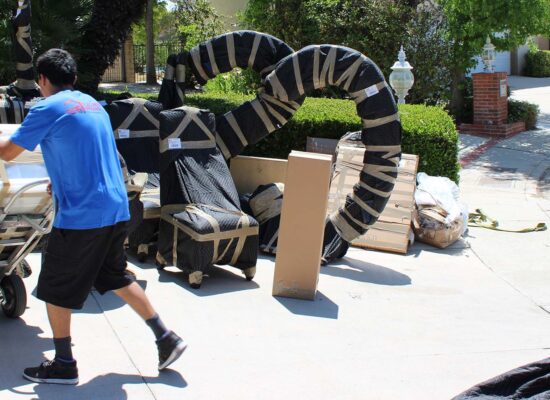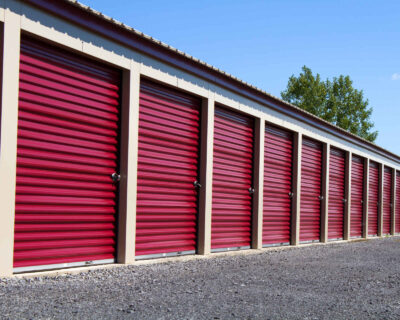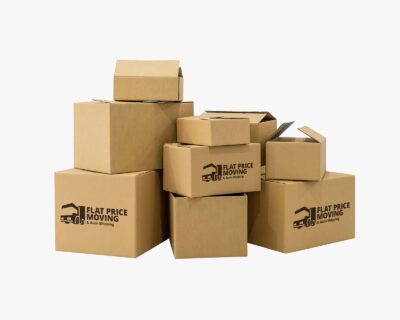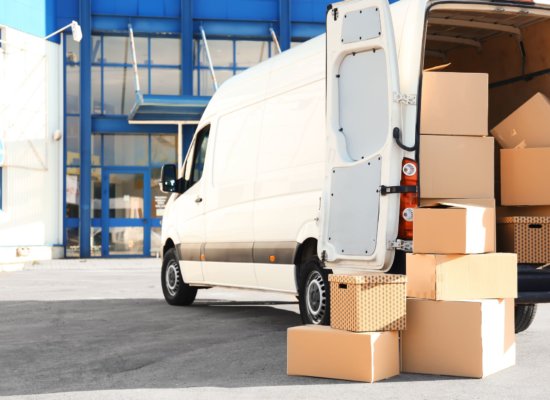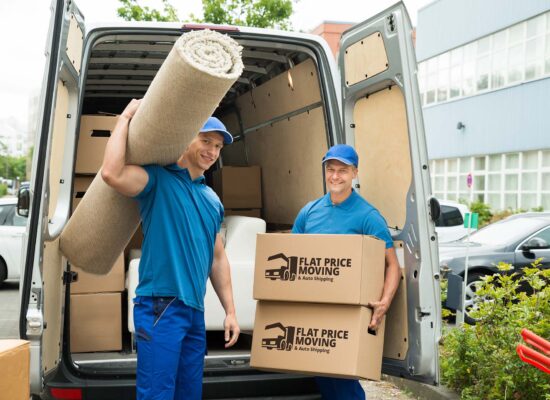How to Move a Gazebo Across the Country
Are you planning on cross-country moving but not sure how to move a gazebo to your new garden? If so, you found yourself in just the right place. We will guide you through this complex yet exciting process, ensuring that your object reaches you in immaculate condition, ready to help you relax after a long journey. Let’s get started!

How to Move a Gazebo
If you are planning an oversized item transportation, start this process by thoroughly preparing this structure for its journey. Through your preparations for a relocation, you will quickly find out that it would be wiser to consider hiring professional gazebo moving experts and booking their disassembly and reassembly services on time.
However, if you are brimming with confidence and are sure that you can handle long-distance structure-moving by yourself, this is what you have to think of. You need to consider the type of your gazebo and approach its relocation accordingly.
Notify your local authorities about your plan and check if you need an escort for such a complex relocation. After your object reaches you safely, utilize safe reassembly practices so all your hard work is paid off.
Make Sure That You Fully Understand the Complexity of Transporting Bulky Outdoor Structures by Yourself
Transporting large items is a complex task, often underestimated in terms of the challenges involved. Such structures vary significantly in size. Also, they are typically made from materials like wood or metal, contributing to their weight and making them cumbersome to handle.
So, their structural integrity is a vital consideration. Disassembling and reassembling without damaging the components requires careful planning and execution. It’s essential to assess whether the effort, time, and cost of moving these structures are justified.
In many cases, you might find that purchasing a new one at your destination is more feasible. This is especially true considering the risk of damage during transportation and the need for specialized equipment or assistance from a reliable moving and car shipping company. This decision should factor in not only the final bill but also the effort and potential stress involved in a DIY relocation of such a significant object.
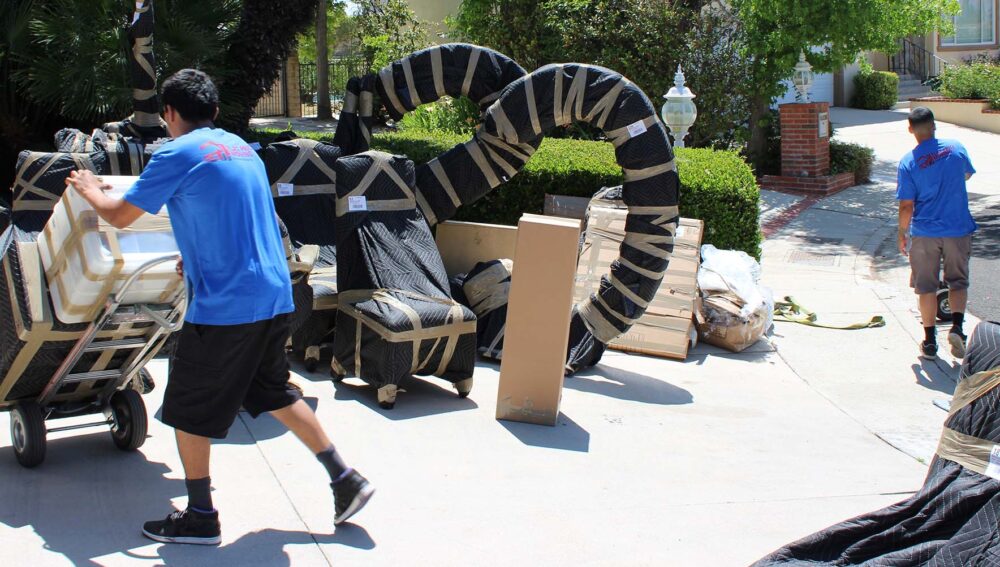
Pre-Move Preparations Are Crucial
Before relocating to another state, thorough preparations are key to a smooth, timely, and safe transition. Start by cleaning your object thoroughly, as this not only makes handling more pleasant but also helps in inspecting for any necessary repairs.
Disassembly is the next crucial step. Do it methodically, referring to the manufacturer’s guide if available. As you dismantle the thing, catalog each component. Taking pictures during the process can also aid in reassembly at your new location.
For pieces large or small, labeling is essential. Mark them according to their position or function, ensuring an efficient packing and rebuilding process. All this extra effort will ensure that your transition is a stress-free endeavor.
Research and Choose the Right Long-Distance Moving Company
Hiring long-distance movers with experience in transporting large outdoor structures is crucial for the success of your long-distance relocation. At Flat Price Auto Transport and Moving, we have the specialized equipment and vehicles necessary for handling such complex tasks.
Our top-notch long-distance moving services and professional packing solutions will ensure that your belongings are safe throughout shipping. Know that assistance offered by cross-country movers is invaluable, especially when it comes to handling delicate or highly valuable objects.
Check Their Track Record, Insurance, and Liability Coverage
When choosing a company, it’s essential to delve into its track record. A good starting point is the Federal Motor Carrier Safety Administration (FMCSA) database, which provides insight into a company’s history and compliance with safety regulations.
Opting for a mover with comprehensive insurance and liability coverage is non-negotiable. This ensures that in the unlikely event of damage or loss during transit, you are adequately protected. Insured movers provide peace of mind, underscoring their professionalism and commitment to safeguarding your property throughout the whole process.
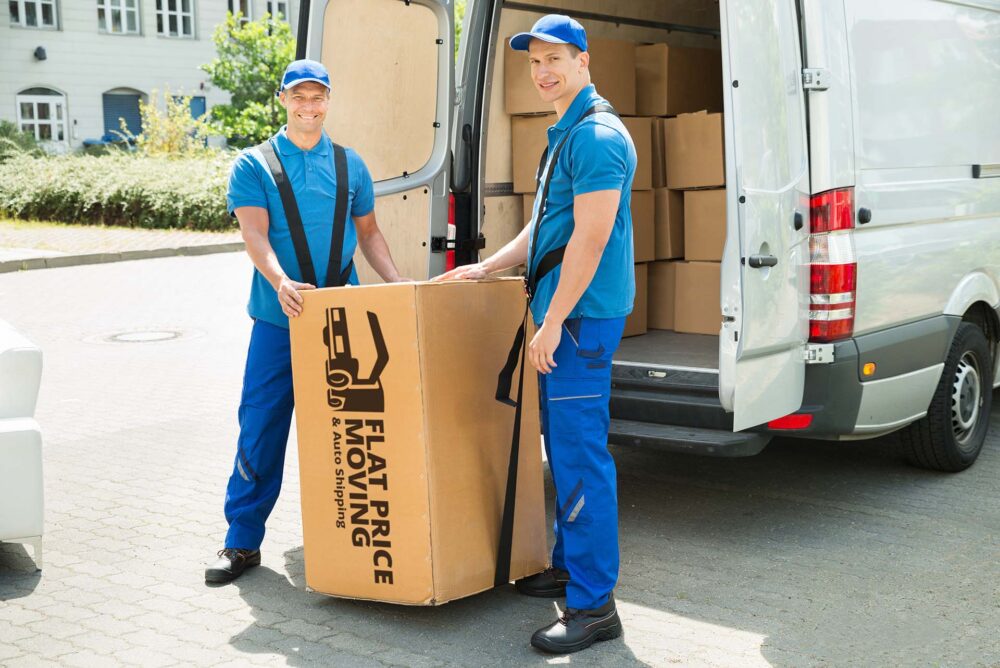
Best Practices for Packing and Securing the Gazebo
Secure packing for gazebos requires a strategic approach to ensure their safety and integrity. Begin by disassembling your structure into manageable parts, taking care to wrap each component securely.
Use durable, protective packing materials like bubble wrap, furniture blankets, and sturdy cardboard for parts that are particularly delicate or prone to scratches. It’s also advisable to use custom wooden crates for the most vulnerable elements, providing an extra layer of protection against impacts during transit.
For screws and smaller hardware, label and store them in marked bags or containers. This systematic method not only preserves the physical condition of each piece but also facilitates a smoother reassembly process at your destination.
Strategies for Safe Handling, Loading, and Unloading Different Types of These Outdoor Structures
Handling and transporting various types of outdoor structures require tailored techniques to ensure an easier relocation experience. Each object and material it’s made of has unique characteristics that demand specific handling methods. So, here’s a list of different structures and how to handle them safely:
- How to move a pergola – pergolas, often made of wood or vinyl, are typically anchored to the ground. Carefully detach it from its base, disassembling it into smaller sections. Use caution with wooden beams to avoid splintering. Wrap individual components in furniture blankets and secure them with straps during transport.
- How to move a wooden gazebo – it’s crucial to disassemble it piece by piece, paying special attention to the roofing elements. Label each part and wrap them in protective materials. Ensure that the wooden parts are dry and treated if necessary to prevent warping or damage during transit.
- How to relocate a hardtop gazebo – these objects often have metal or polycarbonate roofs, which require careful handling. Remove the roof panels and pack them separately, using padding to protect against scratches and dents. The frame should be disassembled into manageable pieces, with joints and connectors carefully packed and labeled.
- How to handle a steel gazebo – these structures are heavy and require strength and precision when handling. Disassemble into the largest pieces that can be safely carried and transported. Protect the finish with wraps and avoid bending or twisting the metal parts. Using a dolly or a forklift for loading and unloading can be beneficial for your relocation process and avoiding injuries.
- How to transport a pavilion – pavilions, often larger and more permanent structures, require significant disassembly. Catalog and label each beam, roofing piece, and decorative element. Extra care should be taken with roofing materials, ensuring they are securely packed to prevent damage.
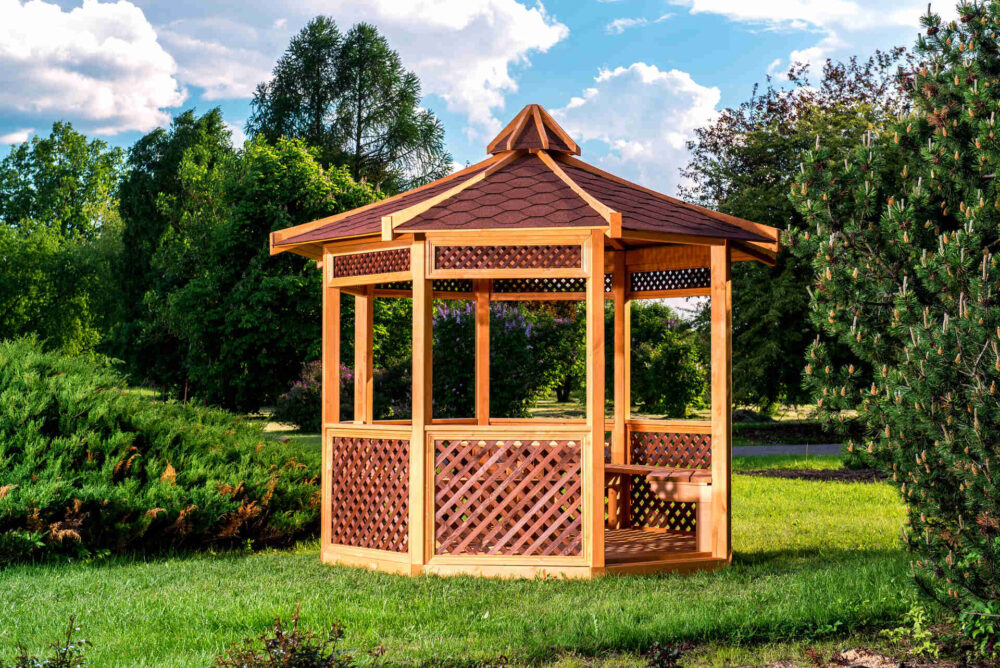
Transportation Considerations When Moving a Gazebo
When planning a relocation to another city, several critical factors must be taken into account to ensure a smooth journey. First, carefully plan the route. Consider factors such as road conditions, potential construction sites, and weather forecasts that might impact the loading and handling process. It’s also crucial to be aware of any legal restrictions or height and weight limits on certain roads.
Coordinate Your Relocation With State and Local Authorities – Ask for Permits and Escorts if Needed
Coordinating with state and local authorities is essential for compliance with transportation laws. Obtaining the necessary permits is a must, especially if your load is oversized.
In some cases, you might also need to arrange for escort vehicles to accompany your transport for safety and regulatory adherence. Regarding transportation methods, flatbed trucks are often the most suitable choice, given their size and the need for secure anchoring during transit.

Guidelines for a Safe and Efficient Reassembly at Your New Destination
Reassembling a gazebo in a new location requires careful planning and execution to ensure its integrity and longevity. Start by choosing the ideal spot for reassembly.
This involves considering factors like ground levelness, exposure to elements, and proximity to other structures. Once you have identified the perfect location, prepare the site by clearing debris and ensuring a stable and level foundation.
Moving Services
Whether you are moving from New York to Los Angeles or from San Francisco to Chicago, we can help you.
Read moreStorage Service
Knowing what kind of surprises cross country move may hold, we offer 30 day free storage for belongings at the origin state.
Read morePacking Services
Our moving teams are trained to pack your belongings in the most efficient manner possible.
Read moreSafeguard Its Integrity and Stability During the Reassembly Process
During the reassembly process, refer to your notes and photographs taken during disassembly to reconstruct the structure accurately. Begin by piecing together the base or frame, ensuring all connections are secure and stable.
Pay special attention to the roof and any delicate components, handling them with care to maintain the structural integrity. Throughout the process, regularly check that the structure is level and aligned. It’s advisable to have extra hands on deck for lifting and positioning heavier parts.
Once reassembled, perform a thorough inspection to ensure all components are properly installed, and the gazebo is safe for use. This careful approach not only preserves the condition of your cherished garden object but also ensures a safe and enjoyable space in your new environment.

With Our Company Guiding Your Way, You’ll Be Unviding in Your Gazebo in No Time
Tackling a complex relocation alone can be very tiring, but with the right support, it becomes a seamless process. At Flat Price Auto Transport and Moving, we offer the expertise and resources needed to transport your gazebo safely and efficiently.
Our team is equipped with the necessary knowledge and tools to handle every aspect of your relocation. So, make sure to contact us today and book our team on time. Let us take on the heavy lifting and intricate logistics, allowing you to relax and enjoy the beauty of your new garden after a long trip.
How Do I Determine if My Gazebo Can Be Safely Moved?
To determine if your object can be safely moved, start with a detailed inspection. Check for any structural weaknesses, rot in wood, rust in metal parts, or any other signs of wear that could compromise its integrity during the transition. Also, consider its design. Some are meant for permanent installation and may not withstand the process of disassembling and reassembling.
How Can I Ensure the Gazebo Is Stable and Secure at Its New Location?
Ensuring stability and security at the new location involves several steps. First, choose a level and firm spot for installation. If necessary, prepare the ground to create a stable base.
When reassembling, make sure all parts are securely fastened as per the manufacturer’s guidelines. It might also be beneficial to reinforce any joints or connections for added stability, especially if the object and its parts have been weakened during transportation.
What Should I Do if Parts of the Gazebo Are Damaged During the Move?
In case of damage during transit, assess the extent and impact of the damage on the overall structure. Take photos of the damaged parts and contact your service providers so you can be compensated accordingly. They can either repair the structure, replace the damaged part, or reimburse you for its worth if it’s damaged beyond repairs.
